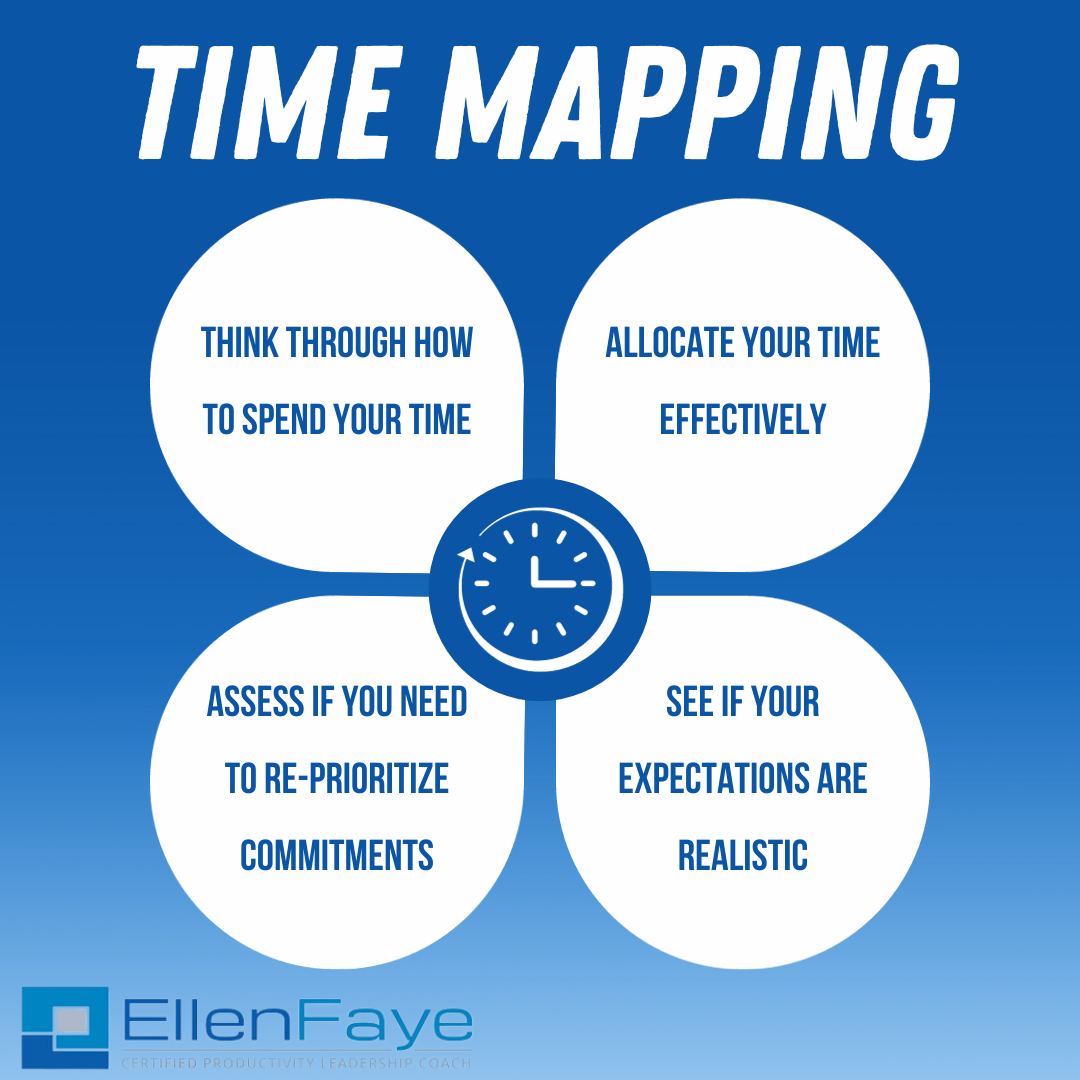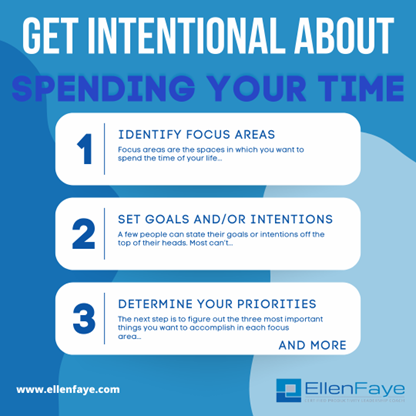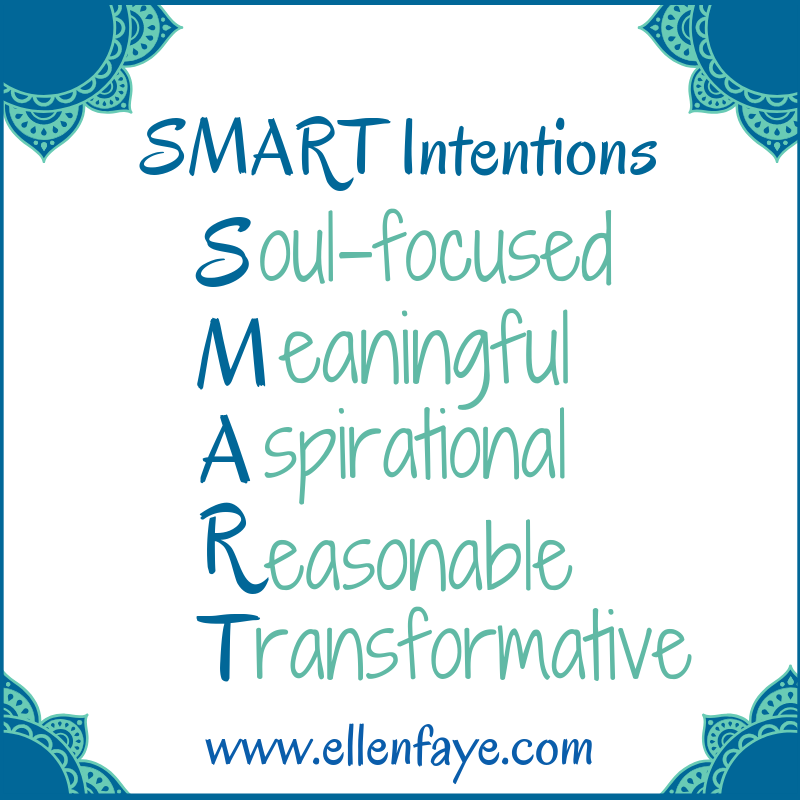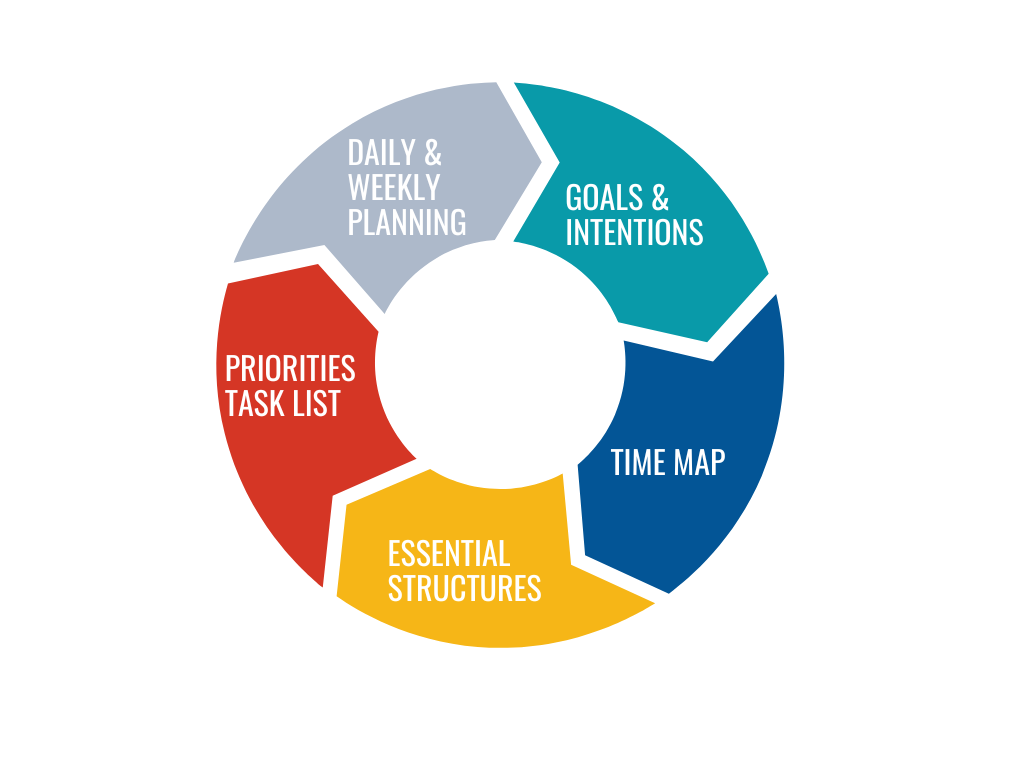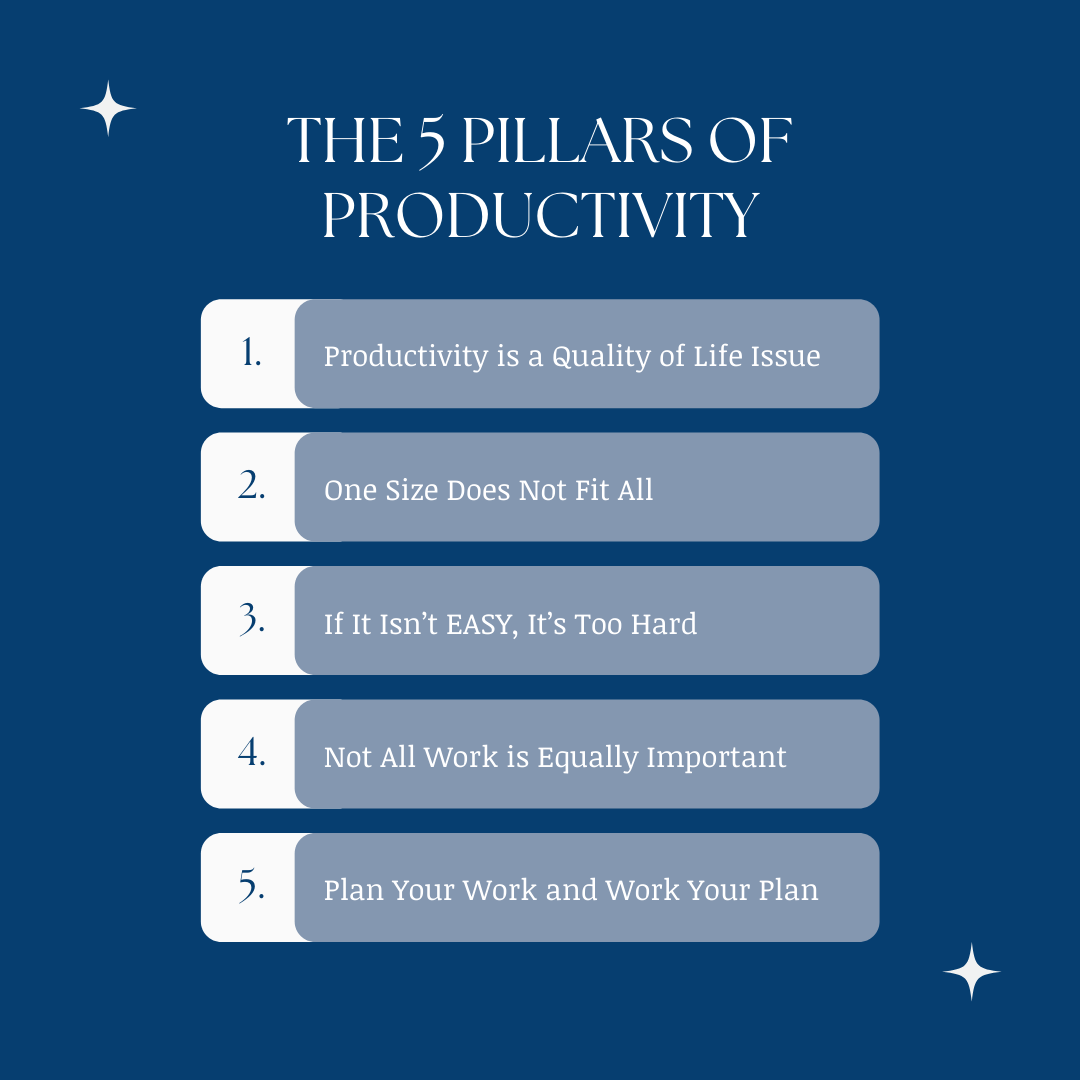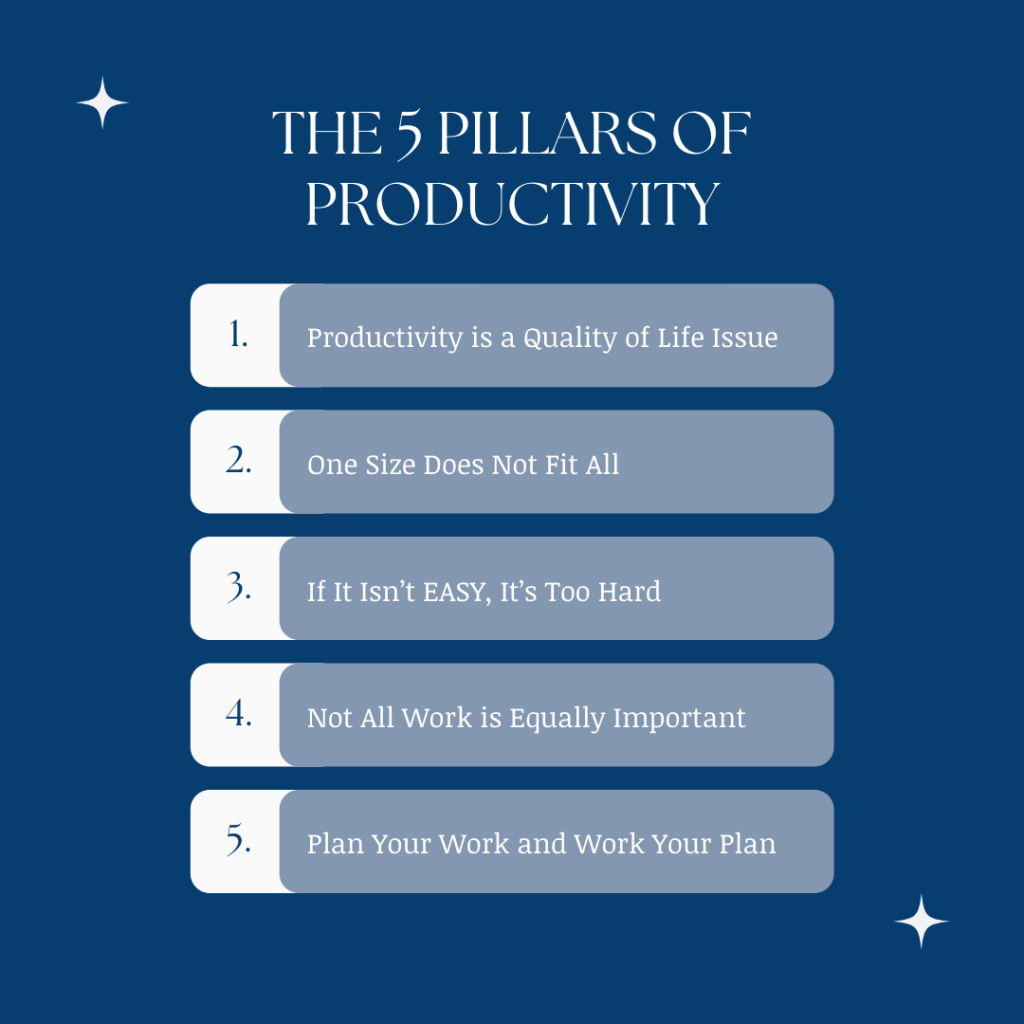13 Nov How To Create A To-Do List That Actually Works
In my last blog post I introduced you to Time Mapping. This week we move on my personal favorite step of The Productivity Flow Framework: The Priorities Task List.
Tasks without sequence are like an unordered list of directions. What if I told you that you could have a to-do list that delivers the right tasks in the right order at the right time, like a conveyer belt delivers the next item to build a product? Using my Priorities Task List methodology gives you the ability to adapt your list to any tool or situation you wish. And it can serve you the rest of your life, because once you learn it you won’t have to figure this out ever again.
You can have this kind of productive list. There are two conditions for this system to work:
- YOU have to trust the system.
- YOU have to use the system.
That’s it. Like many of the things I share with you, you’ll find it reasonably simple. Too simple to work? No, not at all.
How about so simple it can’t not work. It’s time to reengineer your list! Your task list should support you, not stress you out or overwhelm you. It should manage your actionable tasks for you. We start by dispelling some common list mistakes: I call them List Land Mines.
Land Mine 1: Projects not tasks
What I See: A huge reason people get stuck getting through their lists is they include multi–step projects. To be effective, lists should consist of simple actionable steps.
Diagnosis: Project paralysis
-
- When the project is too large, it becomes overwhelming and gets skipped until it’s almost too late.
- When the project isn’t planned, it is unclear where to start and what to do next.
Instead: Projects are easier to address and complete when they are broken down into actionable tasks. Key steps should be integrated into your list. When you are clear on the steps, it’s easier to know what to do next.
Land Mine 2: The big, long list
What I See: Many people keep their tasks on one big, long running list. Often a notebook or phone note of page after page of actions. They spend the majority of their time trying to figure out what to do next. Then, when they are checking the list, they start by looking for something that might be important. On the paper list, asterisks and codes go in the margins, and completed things are crossed off. On the phone list, maybe things get deleted. Or maybe not. Alternately, there is the multiple-lists method. Every time you think of something else to do, you start a new list, or add it to the closest napkin or envelope back you can find.
Diagnosis: The big, long lists are simply a bunch of words. It doesn’t help you determine what is important, nor does it organize the tasks in a way that helps you identify what needs to happen next. Multiple notes of actions are equally problematic. You end up writing the same task down over and over, which makes you feel like you have more to do than you actually do. Or you can’t find your list so you start a new one. However, you’re not sure what’s on the list you can’t find, and that nagging feeling of missing something important persists.
Instead: You are going to compartmentalize things on your task list by priority. And you will sort and group at the same time. When you unload the dishwasher, do you take all the silverware out and put it on the counter, then sort the forks from the spoons and knives, then put them in the silverware drawer? Or do you spread the utensils all over the counter and leave them there? No, you go from the dishwasher and sort the silverware directly into the correct compartments in the utensil tray. You are going to do the same thing with your tasks. Just like you need compartments for the spoons and forks, and just like you know where to find the knives in your kitchen, you are going to create compartments for your tasks. That way you will know exactly where to put what you need to do and where to find what you need to do next.
Land Mine 3: Rewriting over and over again
What I See: Time spent copying over big, long lists onto new big, long lists.
Diagnosis: What do you have to show for that hour or two spent copying your endless list? Just a new endless list and more frustration. You are not advancing your productivity.
Instead: You will learn how to create a self–maintaining system. Regardless of tool, you will learn how to keep your list current. It’s a better use of your time to review, prioritize, and move into action than to rewrite.
Land Mine 4: Leaving updates to chance
What I see: You occasionally update your list when you feel like it or when you’ve missed something important. There is no process.
Diagnosis: Updating after you’ve dropped the ball is too little too late. You add to your stress and are being reactive rather than proactive.
Instead: It’s important to build a routine around managing your tasks. A good list is one of your most powerful productivity tools. Remember, however, it only works if you maintain it.
Land Mine 5: Expecting the Tool to Fix the Problem
What I see: You’ve bought countless planners. You’ve downloaded innumerable apps. You keep looking for the magic tool. Up until now, every attempt you’ve made to integrate a new task list has involved buying a tool. That’s like buying books before you know how to read or pads of college ruled paper before you know how to form letters.
Diagnosis: The tool is secondary. It is not the solution. That’s why all those apps and systems you’ve purchased haven’t worked. Until you have a good methodology, you’ll continue to be frustrated.
Instead: Stay tuned for my next blog post where I’ll tell you all about the Priorities Planning Method.
This is an excerpt from Chapter 9 of my new book Productivity for How You’re Wired available on Amazon. Worksheets and online templates are included via the time tools link discussed in the book.




